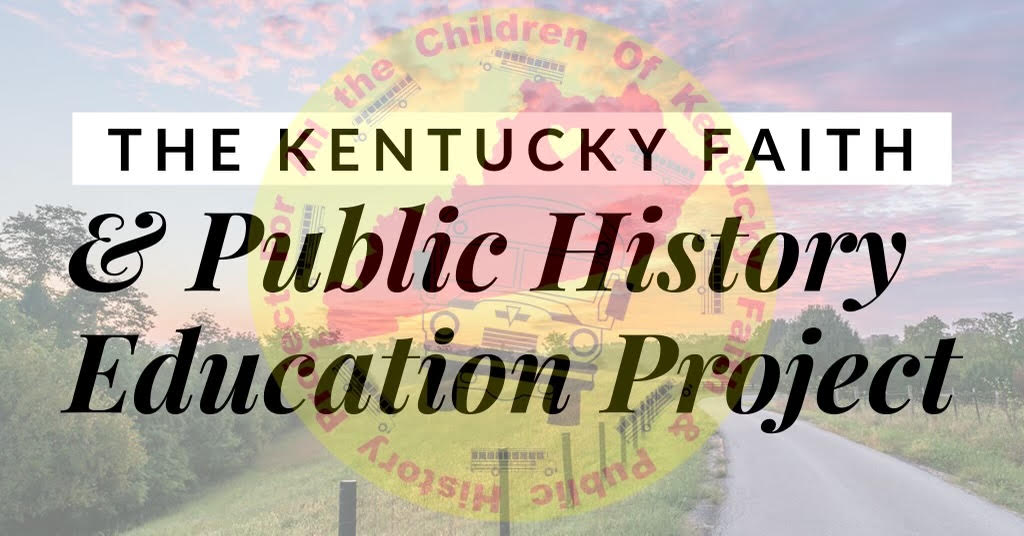Abraham Lincoln was a famous Kentucky Christian who became the sixteenth president of these United States. On October 3, 1863, the country was divided and engaged in “a civil war of unequaled magnitude and severity”[1]. That was the year he called all Americans to a national day of Thanksgiving and Praise. He was not the first president to have done this. George Washington was the first to proclaim a national Thanksgiving Day. Lincoln’s proclamation named the last Thursday of November and this day has continued as the American Thanksgiving Day. His proclamation is particularly applicable to our country this year with its months of the COVID-19 pandemic and with the unrest following a new wave of racial strife. Perhaps families will find in Lincoln’s proclamation a model that can be followed to generate their own 2020 Thanksgiving Day Proclamation.
In his proclamation, President Lincoln acknowledged that 1863 had been filled with many blessings even as it had been a year of war
where many Americans had died and many others still mourned their deaths. He
gave God credit for keeping the nation from becoming involved in foreign wars;
for keeping the nation running according to its laws, with order, except on the
battlefield; for prospering the work of farmers, seamen, construction workers
and miners; and for allowing the population of the country to increase. Lincoln’s
proclamation stated that: “No human
counsel hath devised nor hath any mortal hand worked out these great things”[2].
Instead, Lincoln affirmed that: “They are
the gracious gifts of the Most High God”[3].
Lincoln went on to confess the national sin of the people, writing: “The Most High God, who, while dealing
with us in anger for our sins, hath nevertheless remembered mercy”[4].
While praising and thanking God for all of His blessings, the presidential
proclamation called the nation to also: “with
humble penitence for our national perverseness and disobedience, commend to His
tender care all those who have become widows, orphans, mourners or sufferers in
the lamentable civil strife in which we are unavoidably engaged, and fervently
implore the interposition of the Almighty Hand to heal the wounds of the nation
and to restore it as soon as may be consistent with the Divine purposes to the
full enjoyment of peace, harmony, tranquility and Union…”[5]
In writing a family Thanksgiving Day Proclamation for 2020,
start by asking and answering these questions using no more than one or two
sentences for each. How can you characterize the year, 2020? In spite of the
difficulties of 2020 for your family and extended community, what blessings
have been experienced that can be credited to the hand of God? Are there
particular short-comings that might need to be confessed or acknowledged? Whom
do you know who have suffered loss this year or who are mourning on
Thanksgiving Day that you can appeal to God for His mercy and healing?
Before enjoying your turkey dinner, read
the Family Thanksgiving Proclamation for 2020. You could print it in a fancy font
and roll it up as though it is a parchment. If you are doing this activity as
part of a homeschool lesson, bill the hours as reading, history, creative
writing and oral communications.
As President Lincoln said, “The year that is drawing towards its close, has been filled with the blessings
of fruitful fields and healthful skies…”[6]
with all its troubles and uncertainties. When
he wrote this, perhaps Lincoln may have been reading Robert Browning’s 1841 poem, Pippa’s Song which says, “God’s in His heaven; All’s right with the
world…”[7]
[1]
Lincoln, Abraham. “A Proclamation. October 3, 1863”. Abraham Lincoln Online Speeches and Writings. ONLINE at http://abrahamlincolnonline.org/lincoln/speeches/thanks.htm.
ACCESSED 11/24, 2020.
[2] Ibid.
[3] Ibid.
[4] Ibid.
[5] Ibid.
[6] Ibid.
[7] Browning,
Robert. “Pippa’s Song”. in Arthur Quiller-Couch, editor. The Oxford Book of English Verse
1250-1900. 1919. ONLINE at https://www.bartleby.com/101/718.html.
ACCESSED 11/24/2020.


